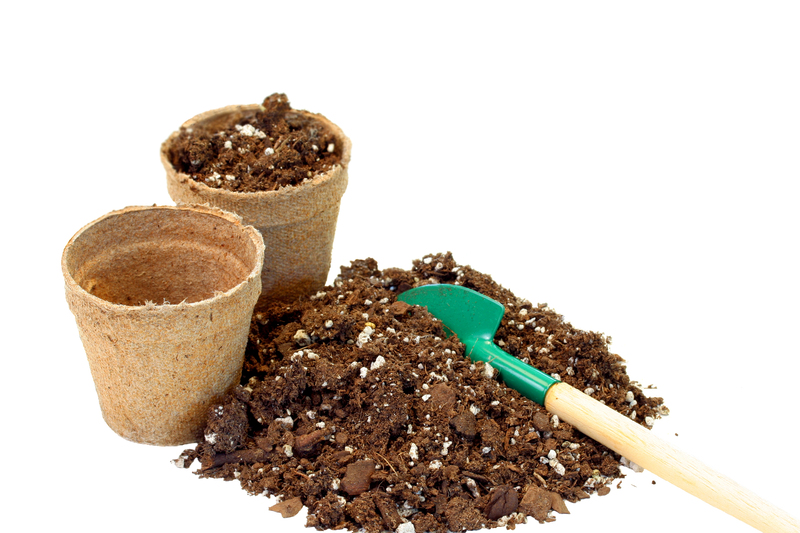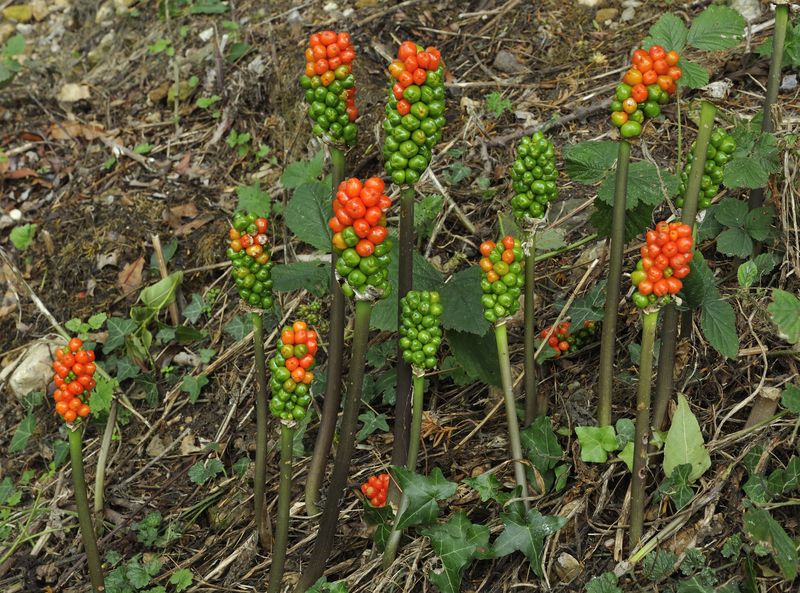Tips for Choosing Drought-Resistant Plants for Low-Water Window Boxes
Window boxes can add stunning curb appeal and vibrant color to your home. However, maintaining lush, flourishing window boxes in areas with frequent drought or water restrictions can be challenging. The solution? Choose drought-resistant plants for window boxes! By carefully selecting resilient species and employing certain care strategies, you can enjoy hassle-free, beautiful low-water container gardens all year round.
Why Opt for Low-Water, Drought-Tolerant Window Box Plants?
There are several reasons to choose drought-tolerant plants for your window boxes:
- Water Conservation: Using less water helps the environment and your wallet.
- Low Maintenance: Drought-resistant plants generally require less care, perfect for busy lifestyles.
- Climate Adaptability: They thrive in harsh, sunny, or windy window spots.
- Consistent Beauty: Many drought-tolerant species boast vibrant blooms and interesting foliage for months.
Low-water window box plantings are not only eco-friendly but also versatile, making it easier than ever to create an attractive display even in dry regions.

Key Factors to Consider When Choosing Drought-Resistant Species
To make your low-maintenance window box project a success, you'll want to consider the following essential factors before buying plants:
1. Sun Exposure
Determine how much sunlight reaches your window boxes every day. Full-sun boxes (6+ hours of direct sun) require plants that handle intense heat and light, while shady spots need species adapted to less sun. Always match your plant selection to the actual sun conditions.
2. Window Box Size and Material
- Larger boxes retain more moisture and allow deeper roots.
- Materials like ceramic and fiberglass keep soil moist longer than unglazed terracotta or metal.
Pick a window box that fits both your house and your plants' needs.
3. Drainage
Even drought-tolerant plants dislike soggy roots. Ensure your window box has sufficient drainage holes to prevent waterlogging, which may cause root rot or fungal issues.
4. Soil Mix
- Use a well-draining potting mix. Add perlite, horticultural sand, or fine gravel if needed.
- Amend with organic matter (like compost) for nutrients, but avoid heavy soils that hold water excessively.
5. Plant Height, Spread, and Habit
Mix upright, mounding, and trailing plants for a professional, lush look. Choose compact or dwarf varieties to avoid crowding. Read plant tags for mature size and space accordingly.
6. Native and Adapted Options
Native plants are naturally adapted to your local climate and generally outperform exotic species in drought-prone regions. Research local options and include adapted varieties for even greater resilience.
Best Categories of Drought-Resistant Plants for Window Boxes
When choosing window box plants for dry conditions, look for species grouped in these categories:
- Succulents - Store water in leaves and thrive with minimal irrigation.
- Herbs - Mediterranean favorites like lavender, rosemary, thyme, and oregano are adapted to dry soils.
- Ornamental Grasses - Many smaller varieties are highly drought-tolerant and add fine texture.
- Flowering Drought-Tolerant Perennials and Annuals - Many bloom vibrantly despite little water.
Top 15 Drought-Resistant Plants for Low-Water Window Boxes
Here are some of the most popular low-water plants for sunny window boxes. Mix and match for a diverse, colorful display!
- Succulents:
- Sempervivum (Hens and Chicks) - Rosette form, multi-color varieties, easy propagation.
- Sedum - Trailing or upright, with fine-textured foliage and pink, yellow, or white flowers.
- Echeveria - Gorgeous rosettes in pastel shades, perfect for compact arrangements.
- Herbs:
- Lavender - Fragrant blooms and foliage, attracts pollinators, needs excellent drainage.
- Rosemary - Upright or trailing types, aromatic, can be shaped for structure.
- Thyme - Creeping, excellent for edges, edible foliage, tiny flowers in summer.
- Flowers & Ornamentals:
- Portulaca (Moss Rose) - Profuse, vivid blooms and succulent foliage; outstanding in hot, dry spots.
- Gazania - Bold daisy-like flowers in orange, yellow, red, and white.
- Lantana - Mounding or trailing, clusters of small multicolored flowers (where not invasive).
- Calibrachoa (Million Bells) - Small petunia look-alikes, tolerant and great for cascading over edges.
- Coreopsis - Bright, daisy-like perennial for cheerful color.
- Ornamental Grasses:
- Blue Fescue (Festuca glauca) - Compact, spiky blue-green foliage.
- Pelargonium (Zonal Geranium) - Classic for window boxes, hardy, and blooms robustly with little water.
- Verbena - Prostrate forms are drought-adapted, flower continuously, and offer rich color.
- Blanket Flower (Gaillardia) - Drought-proof perennial with bold, bicolor daisy flowers.
- Purple Heart (Tradescantia pallida) - Dense purple foliage and pink blooms for trailing effect.
Tip: For shade, try drought-resistant options such as Heuchera (Coral Bells), Epimedium, or Lamium.
How to Design an Eye-Catching Drought-Resistant Window Box
Put these design principles to work for a window box that turns heads despite water restrictions:
- Thriller, Filler, Spiller: Place a taller "thriller" plant in the center or back (like lavender, rosemary, or blue fescue), surround it with "fillers" (sedum, calibrachoa, or verbena), and let "spillers" (thyme, sedum, portulaca) cascade over the sides.
- Contrast Foliage and Flower Colors: Combine silvery, blue, and burgundy foliage with hot-bright-flower tones for visual pop.
- Layer Heights: Create dimension by blending plants of different heights and growing habits.
- Repeat Colors: Use color repetition for a cohesive design.
- Leave Room: Don't overcrowd--plants grow fast. Allow each the space for roots and airflow.
Best Practices for Establishing Low-Water Window Box Gardens
Even the most drought-resistant plants need a little TLC when first planted! These tips will help your low-water window box garden succeed from day one:
- Water Thoroughly at Planting: Drench new plantings to settle soil and hydrate roots.
- Mulch: Add a thin layer of gravel or bark mulch to retain moisture and suppress weeds.
- Reduce Water Gradually: Taper off watering after establishment (2-3 weeks), letting the top inch of soil dry between waterings.
- Group Plants by Needs: Combine plants with similar sun and watering needs to prevent over- or under-watering.
- Feed Sparingly: Use a slow-release, low-nitrogen fertilizer; drought-lovers generally need less feeding than thirsty annuals.
- Deadhead and Prune: Remove spent blooms and trim leggy stems to encourage bushiness and more blooms.
Common Mistakes to Avoid with Drought-Resistant Window Boxes
Avoid these pitfalls for the healthiest, most robust low-water window box displays:
- Overwatering: Most failures are due to excess moisture or poor drainage.
- Poor Soil: Dense, organic-rich soil may smother roots--use a free-draining, light mix instead.
- Ignoring Sun Requirements: Sun-lovers fail in shade, shade lovers scorch in sun. Check light levels at your window!
- Overcrowding: Packed plants compete for water and may become stressed or diseased.
- Neglecting Maintenance: Even "set-and-forget" plants need occasional deadheading, pruning, and cleanup.
Extra Tips for Successful Drought-Tolerant Window Gardens
- Self-Watering Inserts: Consider using sub-irrigation planters or water reservoirs to stretch time between waterings.
- Elevate or Tilt Box: Ensure excess water runs off, especially important for rainstorms or manual watering.
- Check for Pests: Drought stress can sometimes attract pests like spider mites--inspect plants regularly.
- Switch it Up Seasonally: Try swapping in fall-hardy succulents or ornamental cabbages for 4-season interest.

Frequently Asked Questions: Drought-Resistant Window Box Plants
What are the best drought-tolerant flowers for window boxes?
Some of the best low-water bloomers include portulaca, gazania, lantana, verbena, and zonal geraniums. They provide long-lasting color and withstand heat.
How often should I water a drought-resistant window box?
Once established, most drought-tolerant container plants need water only when the top inch of soil is dry. In hot spells, water once or twice weekly; reduce frequency in cooler months. Check each plant's moisture needs!
Can succulents really grow in window boxes?
Absolutely! Succulents like hens and chicks, sedum, and echeveria are outstanding for low-maintenance, drought-proof window gardens, especially in sunny exposures.
Do I need to fertilize drought-resistant window box plants?
Minimal feeding is best. Over-fertilizing can stress plants acclimated to lean soils. Use a slow-release, balanced or low-nitrogen fertilizer sparingly during the growing season.
What if my window box is in the shade?
Choose shade-tolerant drought survivors like Heuchera, Lamium, Epimedium, or ferns like Dryopteris erythrosora (Autumn Fern) for dappled light spots.
Conclusion: Enjoy Effortless Beauty with Drought-Tolerant Window Box Gardens
Designing drought-resistant window boxes doesn't mean sacrificing color or texture. With the right plant selection, well-draining soil, and a few smart care habits, you can enjoy bold, beautiful, and low-maintenance window gardens through the hottest, driest months. By choosing adaptable, water-wise species, not only will your home look gorgeous, but you'll be doing your part for local conservation too.
Start planning your own low-water window box planting today and savor a more sustainable, stress-free way to green up your view!